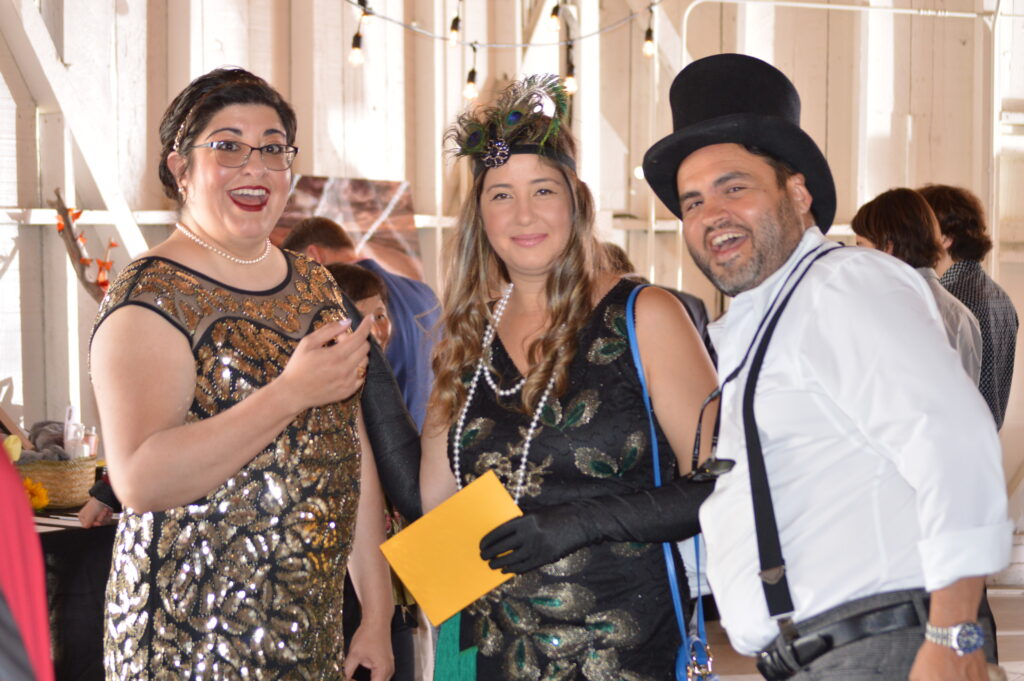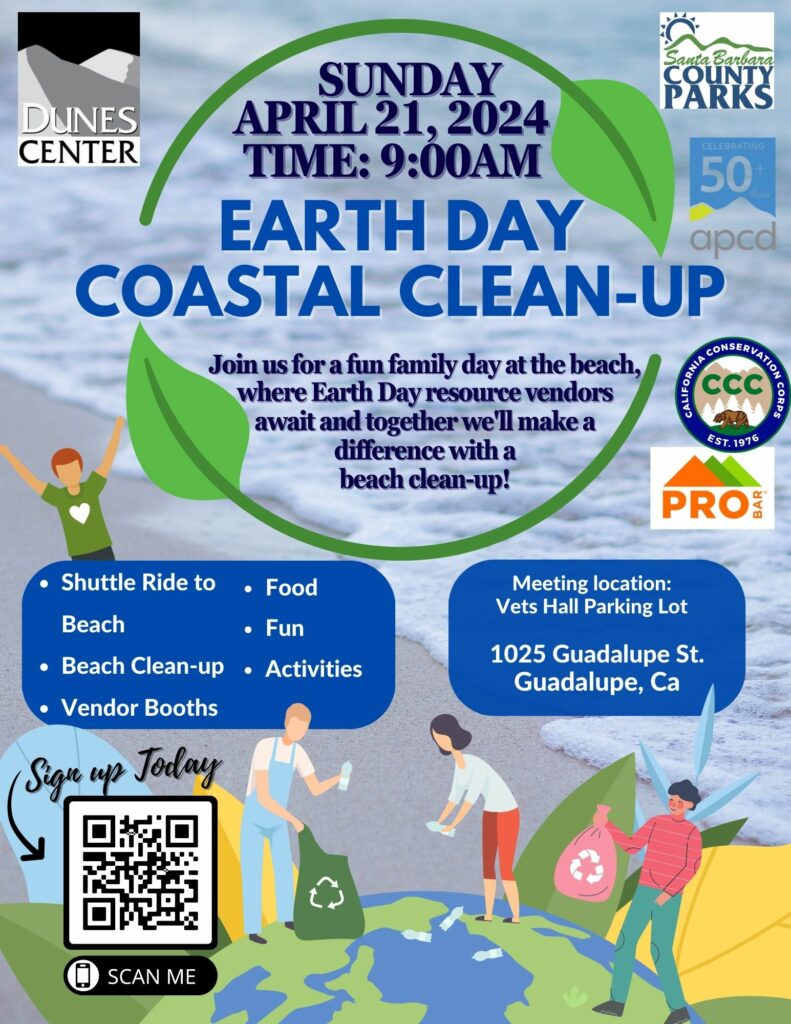How do Plants Reproduce and Disperse?
Over at Mary Buren Elementary we’ve been studying botany to answer questions we have about plants. These past weeks we’ve been working to answer "How do plants reproduce and spread?".
I’ve always assumed all flowers naturally had seeds, but I was surprised to know that some flowers need help from pollinators, like bees or even wind, to create seeds. Pollination is when pollen grains are moved from the male anther of a flower and transferred to the female stigma. The pollen is transported thanks to the help of animals such as bees, bats, birds, butterflies, beetles, moths, and other animals. That’s a lot of animals that start with B! If these plants don’t get pollinated they won’t bear fruits or create more seeds to reproduce. Imagine living in a world where we have no fruits? I’d go bananas!
But a new question: How do plants move?
Out in nature we see habitats that are surrounded by plants that look the same. But how does a plant stretch across land? How does it grow 10 miles away?
Elements like wind and water help seeds disperse, but animals and humans play a part too. At Mary Buren we conducted a few experiments to test how different type of seeds move with these elements. We used oat grains, brassica seeds, thistle gone seeds, and a variety of other seeds. To test wind, we blew on the seeds and noted which type traveled the furthest. They all moved, but the heavier and bigger seeds traveled the least. We wondered what would happen to seeds that got blown into a river or lake? Seeds that are less dense than water were able to float and move on water, but those denser than water sunk, therefore could not disperse. It became clear how some seeds could end up in different areas by traveling through water. Lastly, we mimicked animal fur by taking a piece of cloth and placed it over the seeds to see which ones would stick. The spiky thistle gone seed stuck so well it ripped off some fibers! Some of the children theorized that these seeds cling on to animals while they’re going out for a walk and fall when their fur sheds. They were definitely spot on!
Here’s an update on our bean plants:
Our seeds are growing! Look at the leaves!

They’ve gotten too big to stay in that container, so they’ve been planted into soil.
Upcoming Events
Nipomo, 93444 United States
Newsletter
Our newsletter keeps you up to date with the latest information about our exhibits, upcoming events, and programs.







